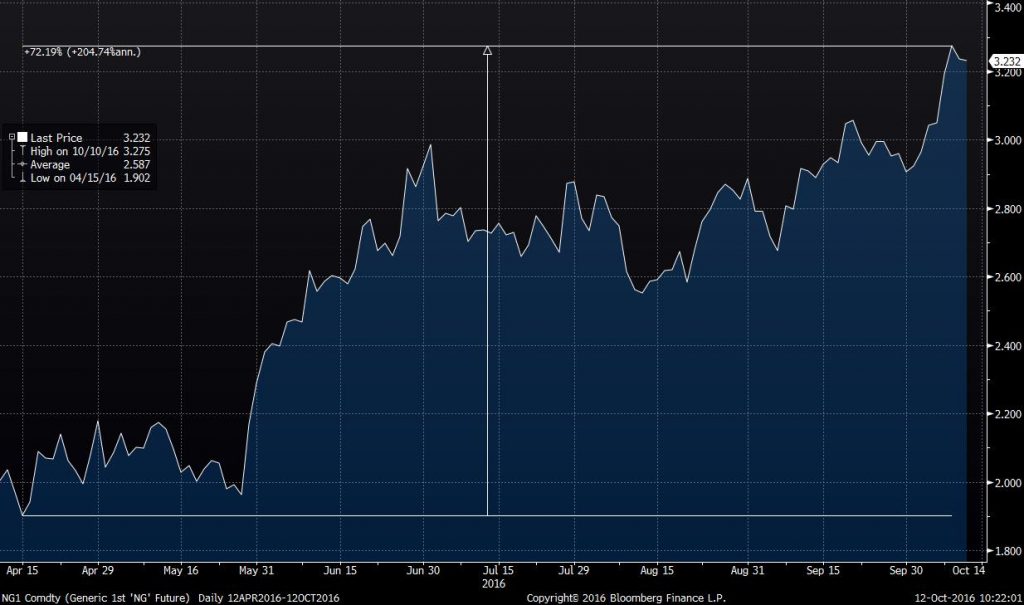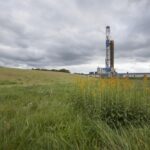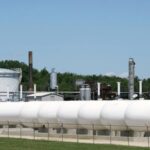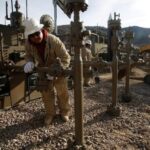Natural gas prices are looking bullish as associated gas production falls
The price of natural gas is up more than 72% in the last six months as drilling in the U.S. slows. An unusually warm summer kept demand high and helped to push prices from $1.90 per MMBtu on April 15, to $3.28 on Monday. Prices could dip in the fall, but as colder weather moves in, natural gas demand is expected to increase again, helping support higher prices.

Low natural gas prices over the last year discouraged producers from drilling new wells, and saw the number of rigs targeting natural gas fall roughly 50% year-over-year, according to information from Baker Hughes Industries (ticker: BHI). The company reported 94 rigs drilling for natural gas in the week ended October 7, 2016, down 2 from the previous week, and 95 from the same time last year.
Along with fewer rigs drilling specifically for natural gas, the number of rigs looking for oil is also down dramatically, and the production of associated natural gas has declined as well. Associated gas typically represents about 40% of total supply, according to The Wall Street Journal.
Since September 2015, associated-gas production outside the Northeast, the country’s fastest-growing gas-producing region, has fallen by nearly 9%, or about 2.5 billion cubic feet a day. That’s enough gas to fuel roughly 13 million U.S. homes for a day, and with natural gas heating about half of all homes in the country, that loss in associated gas could help push prices even higher as winter approaches.
Jeff Moore, a Platts Bentek analyst, said he expects it won’t be long before gas prices top $4/MMBTU, or twice the levels of last winter, the warmest on record, when stockpiles swelled.
“That’s not even a bold call in my opinion if we have a cold winter,” he said.
While producers in the Marcellus and Utica could potentially increase production to match a spike in demand, the region remains constrained by pipeline bottlenecks, which could keep the increased production from reaching end-users.







